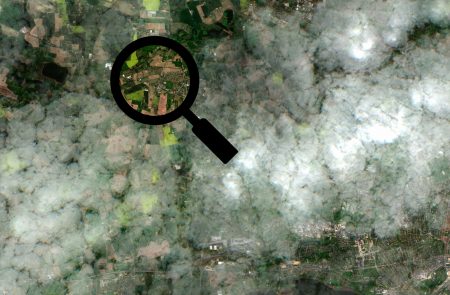Versatile approach for cloudless optical satellite data

In Earth observation, clouds and shadows are the most limiting factors for consistent and up-to-date imagery. While optical satellite data can be retrieved daily, actionable insights are much rarer. To overcome this lack of cloudless data, large identical satellite constellations are required. However, this only improves one’s chance of actionable insights while ignoring the root cause. Less than perfect data is still not utilised in this process and is often even difficult to identify. ClearSky Vision addresses these problems by integrating data from various missions (Sentinel-1, Sentinel-2, Landsat 8, and more) while using a novel neural network to predict urban and landscape changes underneath the cloud cover. This data fusion process is repeatable on different satellites. This allows for more consistent and frequent retrieval of multi-spectral cloudless satellite imagery and indices that are crucial to improved time-series analysis and anomaly detection. Satellites with different instruments and revisit speeds can be utilised in synergy, thereby combining the best features of different satellites.
Benefits:
- The most up-to-date cloudless optical imagery (updated daily)
- Enables utilisation of multiple different satellites for the same application
- Enables affordable continuous monitoring for large areas
- Highly versatile and efficient data fusion process
- Never work with cloud masks again!
ClearSky Vision
Morten Fjord Pedersen
mfp@clearsky.vision
Malthe Dahl Jensen
mdj@clearsky.vision
www.clearsky.vision

